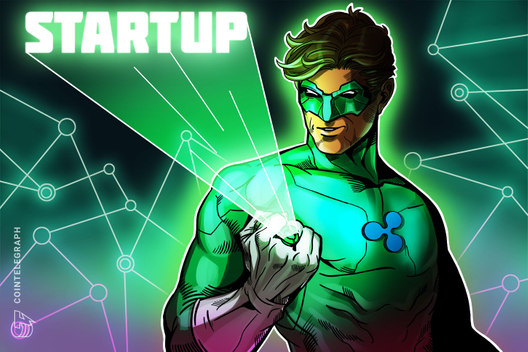Celer Network will develop its layer-2 solutions for Polkadot, an upcoming blockchain network developed by Web3 Foundation and supported by Parity Technologies. The sidechain scaling solution is positioned to improve performance beyond what is possible with layer one scaling.
As announced on Feb. 20, Celer Network and the Web3 Foundation have partnered to port Celer’s State Channel Network technology to Polkadot’s development environment. Cointelegraph interviewed Mo Dong, co-founder of Celer Network, to learn more about the planned integration.
Layer Two Benefits
Celer Network focuses on providing a blockchain-agnostic scaling solution based on layer two scaling. It is part of a class of sidechain scaling projects such as Plasma, Optimistic Rollup or Lightning Network. Though their purposes are often different, all such solutions rely on the security of a particular blockchain network.
For Celer, generalized “State Channel Networks” are key, as Dong explained:
“The first branch of our technology is the State Channel. It’s extremely good at reducing the latency of the user interaction, and reducing the cost of the interaction so that the cost will be almost zero. And in terms of the transaction latency, we can do real time transactions.”
In many ways, Celer works like the Lightning Network, with Dong saying that “Celer is to Lightning what Ethereum is to Bitcoin.”
Though Lightning can only work with payments, Celer fully supports smart contract functionality. He explained the system in more detail:
“It’s a virtual smart contract that is agreed between you and me, basically saying: ‘Ok, we agree we’re going to play this chess. This is the EVM code of chess. And this is an initial state of chess. And whenever I make a move, I will send out my move proposal to you, always with my signature saying that this is a move I made, and this is the most recent state.’ You will then add your own signature.”
“We progress the state of the program by mutually signing the transactions between just you and me,” he concluded. He proposed some groundbreaking uses for this technology, including “Pay by Byte,” which could be used to pay for streaming services in real-time. Celer focuses on mitigating the delays in executing a smart contract, where each change of the state needs to be confirmed on the blockchain at a steep cost.
But scaling solutions are also being worked on for layer one, such as Ethereum’s (ETH) sharding proposal. When asked how Celer will work in a world where Ethereum 2.0 is up and running, Dong replied:
“There is a fundamental limitation with a decentralized-enough blockchain in terms of its scalability, throughput and cost and latency. Layer 2 is always going to be better at that.”
Why Polkadot
Polkadot is a new blockchain project that is currently under development, with a beta release announced in February.
Like Ethereum, it will be a blockchain platform based on sharded chains that support smart contracts. But Polkadot is designed with a focus on interoperability and advanced development functionality thanks to Pallets.
Celer will build a “Pallet” on Substrate, the blockchain framework developed by Polkadot. While they can be compared to smart contracts, Dong explained that there are major differences:
“It’s not exactly writing a smart contract, it’s more about writing your own chain with some basic constructor or basic abstractions of accounts, balance and all that stuff. It looks and feels like smart contracts, but at a lower level.”
Dong elaborated further on the platform:
“The way I look at Polkadot is that it’s very different from all the generic smart contract platforms. All the other platforms that exist today are providing an interface to build smart contracts on a single blockchain. But what Polkadot provides is the capability to build a blockchain with a set of primitives.”
This is proving important to maintain flexibility in an interoperable environment. Instead of trying to make one system that accommodates everyone, developers build their own custom chains, which communicate through the Polkadot protocol.
Dong provided an example where the capabilities of Polkadot shine:
“For a state channel, one thing that needs to be heavily optimized is the communication between layer one and layer two, for whenever a dispute happens. In Ethereum, we need to write a Solidity parser to parse the ProtoBuf data structure that we defined [for communicating]. But in Polkadot, because it’s building on Rust, which has its native ProtoBuf decoder, it becomes much easier to just use that [native parser].”
Nevertheless, Dong emphasized that neither Ethereum or Polkadot is better than the other, as each provides different tools for different uses.
Though the cooperation has been announced, there are no estimates available on when the integration between the two will be live.









